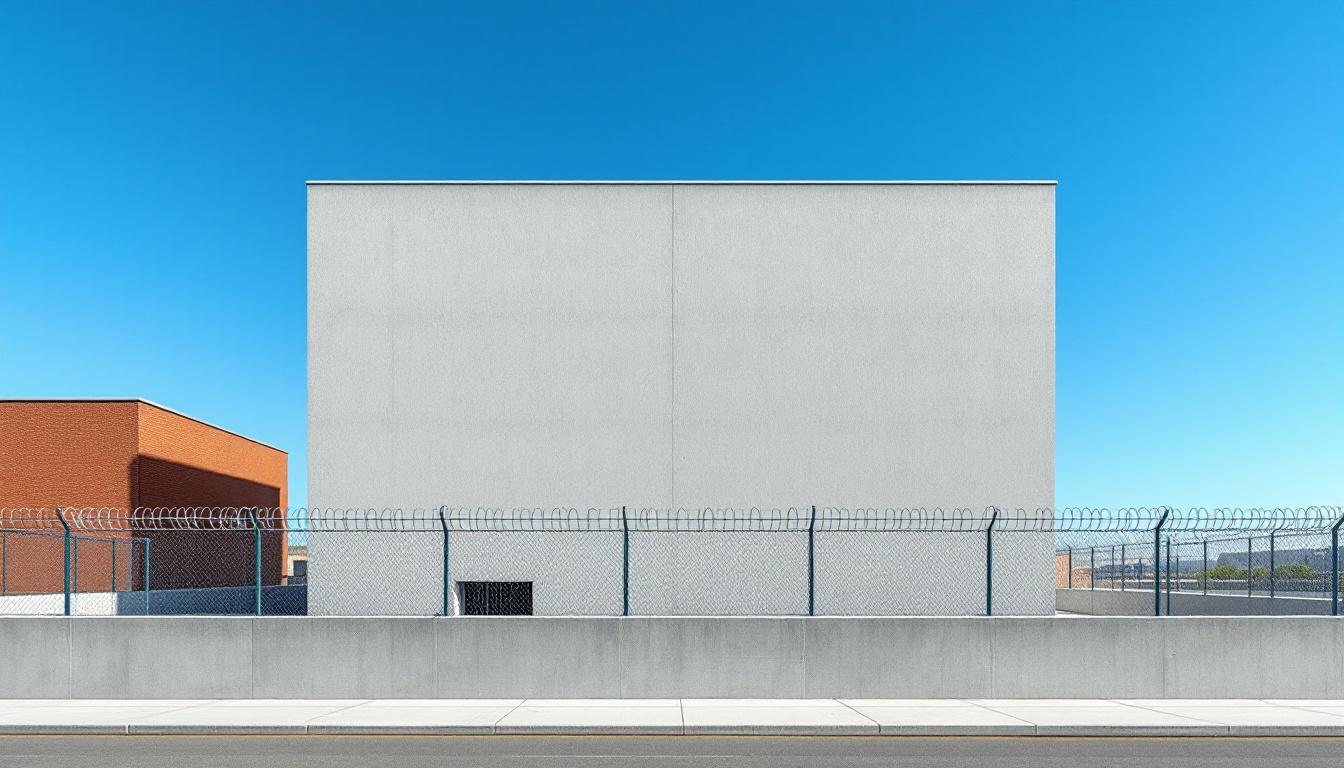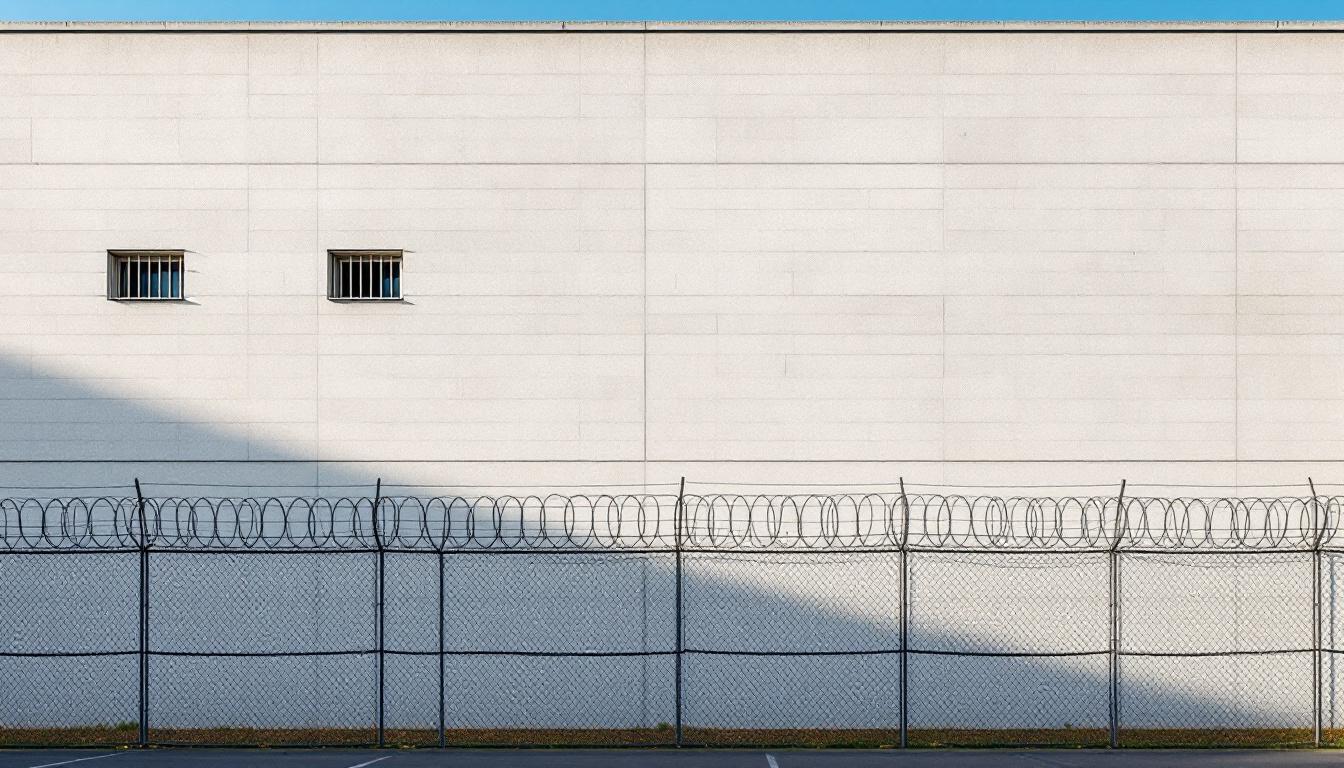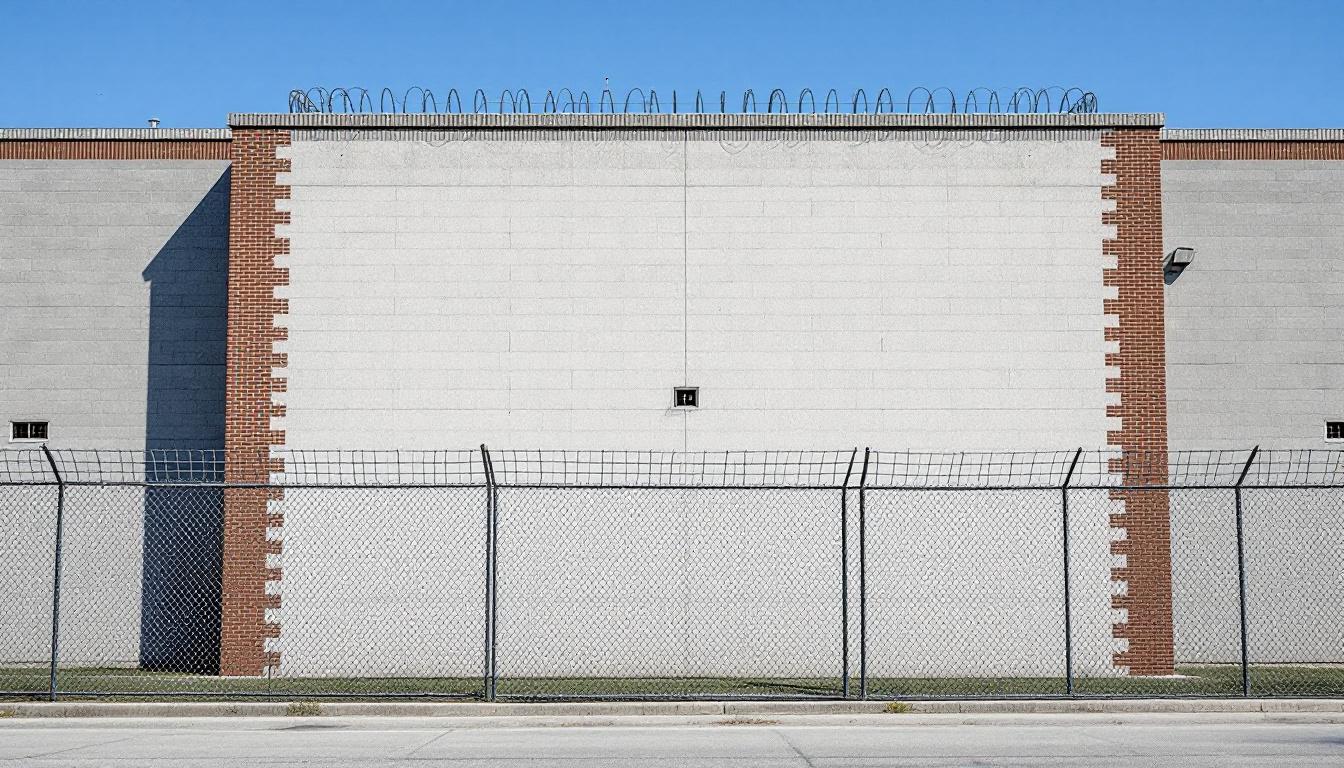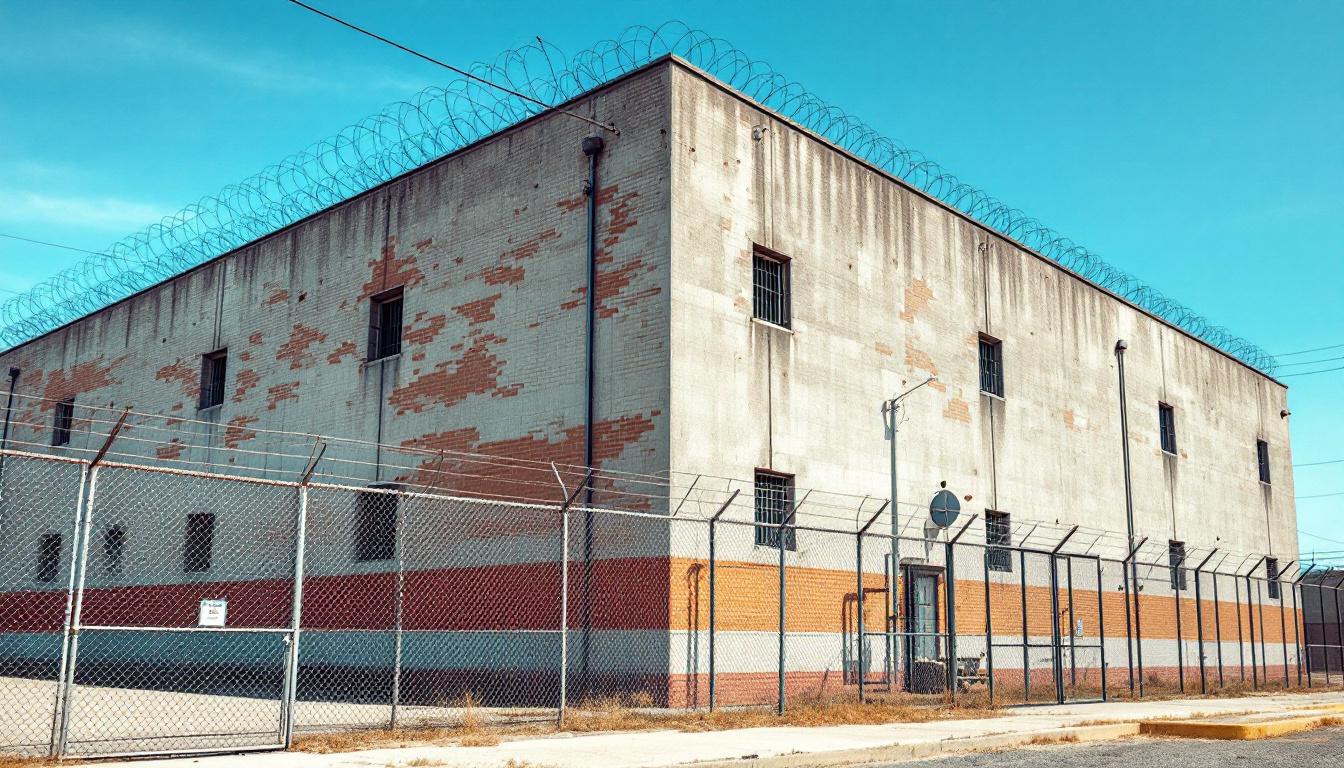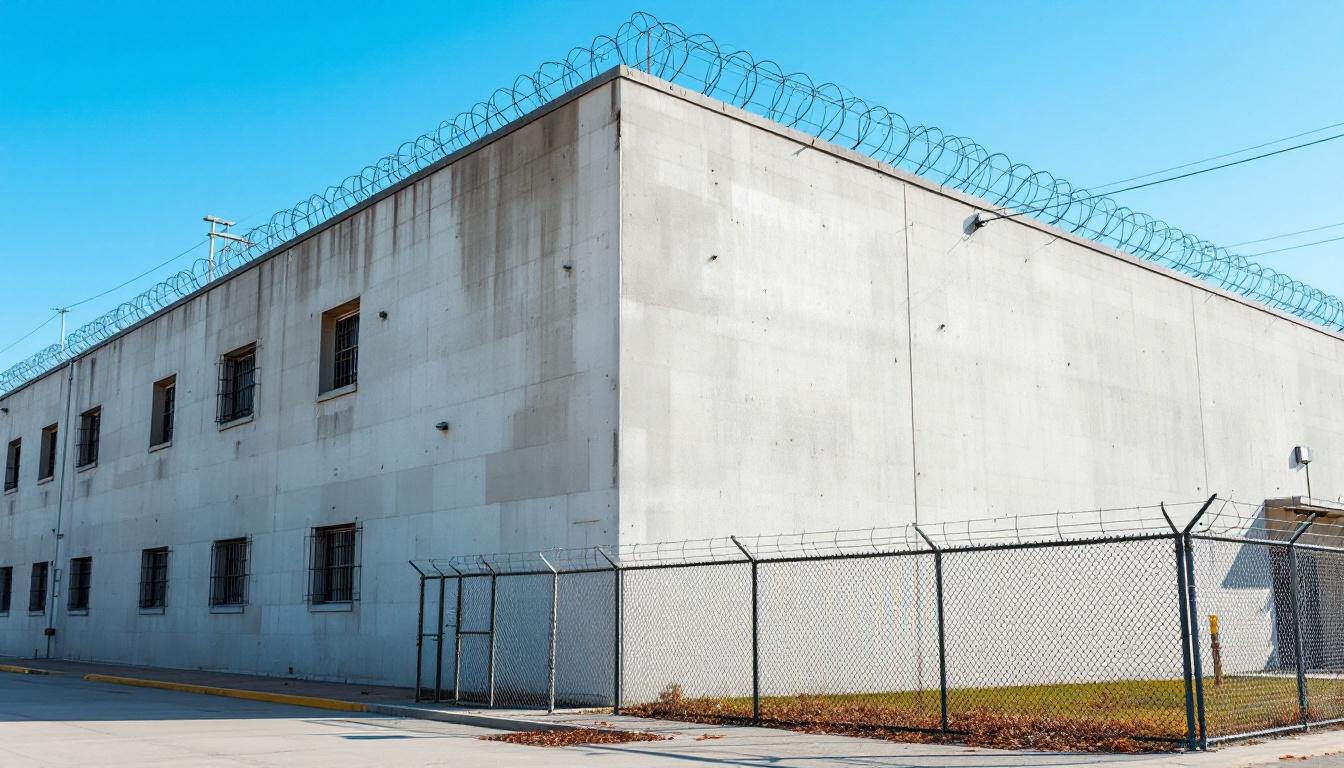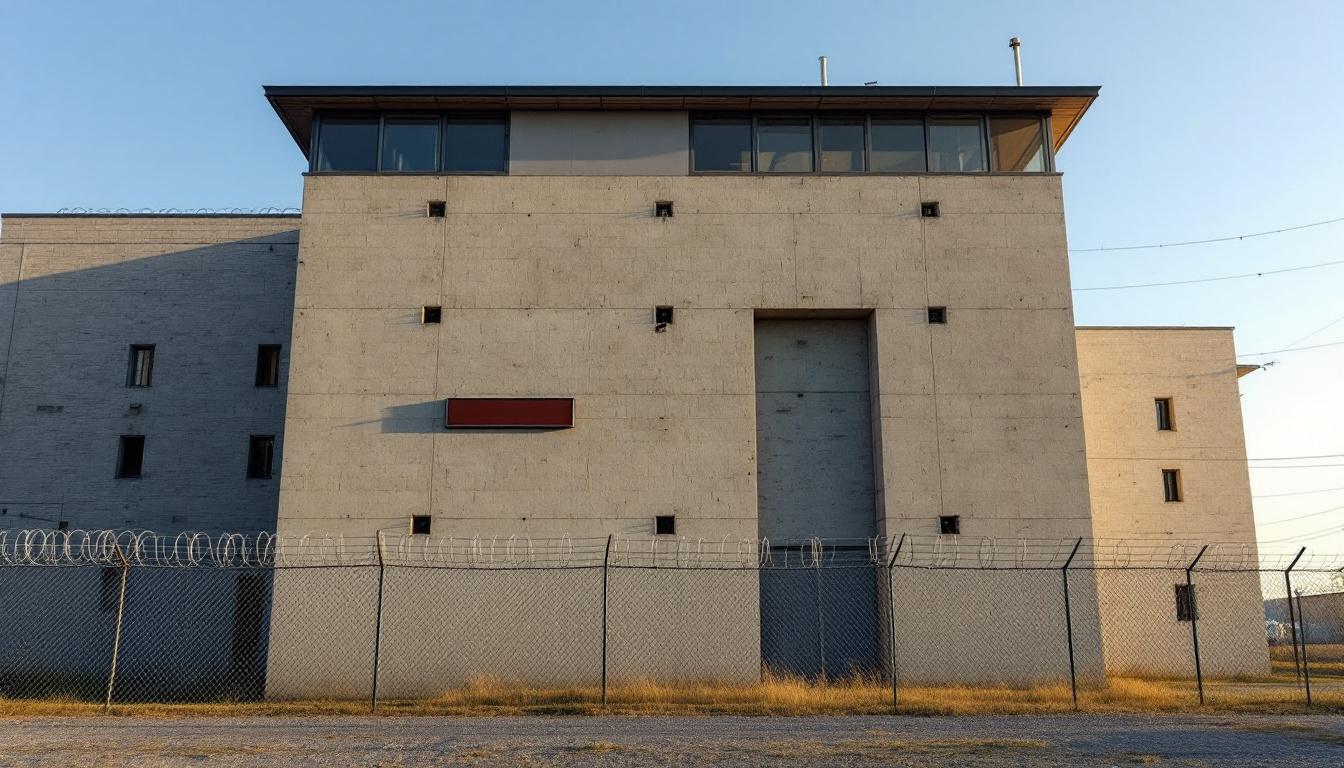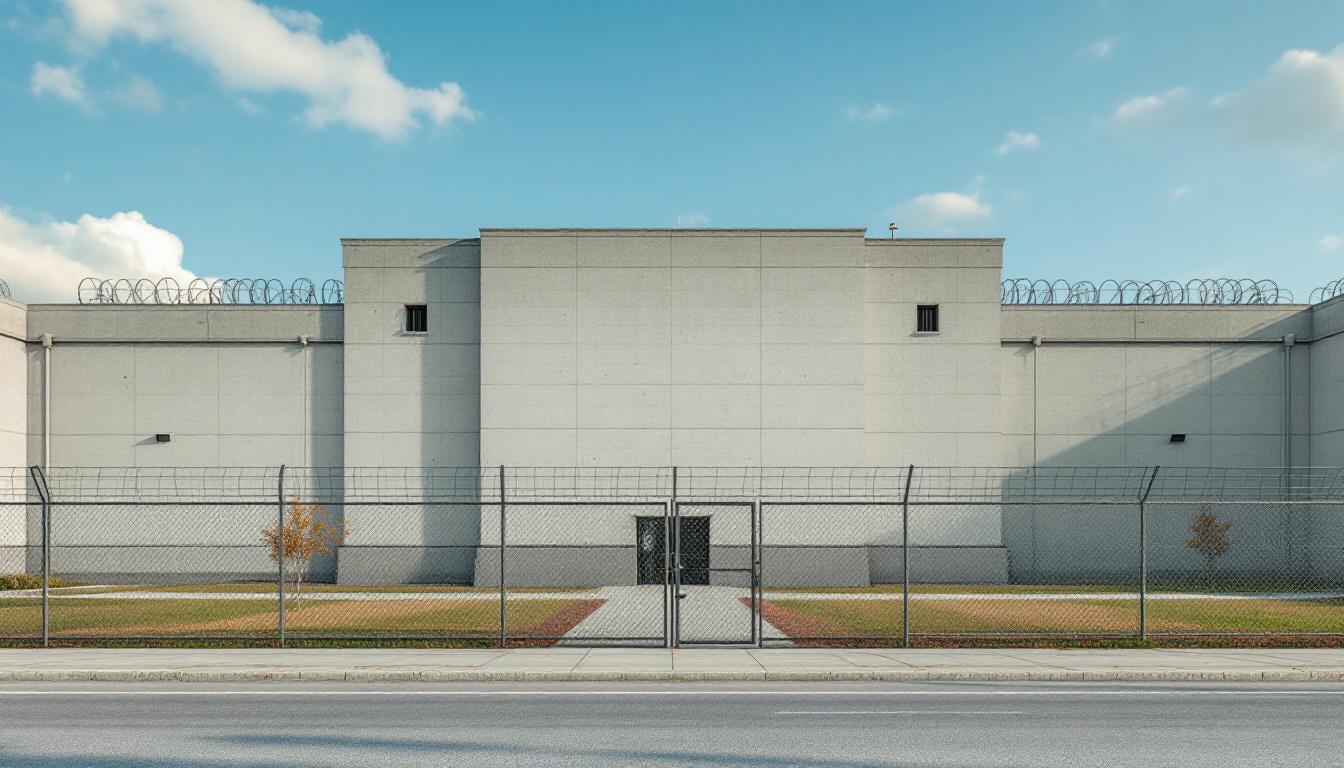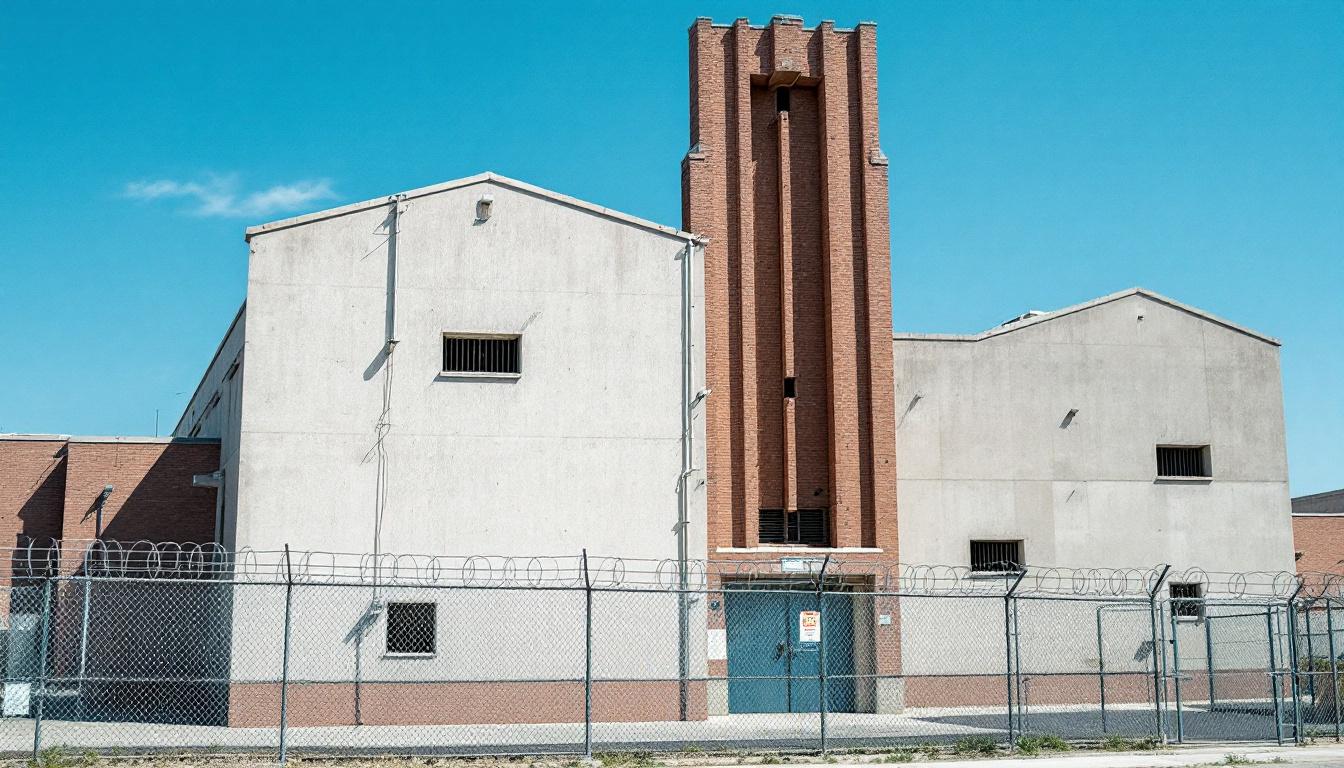
Quick Navigation
How to contact an inmate at Purgatory Correctional Facility
This comprehensive guide will walk you through how to connect with an inmate at Purgatory Correctional Facility. Follow the steps below to find an inmate and send letters and photos:
- Search for the inmate using our search tool below
- Create your account or log in to Penmate
- Write your message (up to 6,000 characters)
- Send instantly - inmates receive printed copies daily
Find an Inmate
Search for an inmate to start communicating today
Tip: You can search by first name, last name, or inmate ID number
To contact a person at Purgatory Correctional Facility start by searching for the person on the official facility website. Perform a search by following these steps:
- Step 1: Enter their first name and last name into the search form and click "Search"
- Step 2: Locate their inmate record
- Step 3: Write down their Inmate ID and any housing information provided
Important! Be sure to enter the person's full name. Nicknames should not be used.
How to Send Messages to Inmates

You can use your phone or computer to send emails, letters, and photos to an inmate. Messages are sent electronically to inmate tablets or kiosks at the facility. If you would like to send a message, start by searching for an inmate at Purgatory Correctional Facility.
Sending Photos and Postcards

A great way to send love and support to a loved one at Purgatory Correctional Facility is to send photos and postcards. It only takes a few minutes to send photos from your phone and it makes a huge difference. You can also mail postcards with words of support and inspiration, or design your own postcard for special moments like birthdays and holidays.
Important! Be sure not to send any explicit photos or they may not be approved by the facility. You can also use a photo printing app like Penmate to make sure your photos are printed at the correct size (4x6 or 3x5) and are mailed according to the rules and regulations of Purgatory Correctional Facility.
Frequently asked questions about Purgatory Correctional Facility
-
How long does it take to deliver a message?
If you're sending an email message your letter is usually delivered within 24-48 hours. For messages sent via mail you should expect delivery within 3-7 days. All messages will need be approved by Purgatory Correctional Facility.
-
How much does it cost to send a message to Purgatory Correctional Facility?
You can send a message free using your phone or mail a message via USPS for the price of a $0.60 stamp and envelope. You can also purchase credits or e-stamps from services starting at $1.99.
-
What services can I use to contact an inmate at Purgatory Correctional Facility?
Penmate
You can use Penmate to send letters and photos to an inmate from your phone. It's an easy way to stay in touch during your loved one's incarceration. Use the inmate locator to find an inmate's location and contact information, then you can send messages within a few minutes.
Securus messaging
Securus may be another option for communicating with an inmate at Purgatory Correctional Facility. You can create a friends and family account and purchase credits to send messages. All messages will be reviewed and must be approved by the facility.
JPay
Some county jails and state prisons may support sending messages with JPay. You must register an account with the system, find your loved one, and purchase stamps to send messages. For some locations you can also attach photos.
Smart Jail Mail
You may also check if Smart Jail Mail is available at Purgatory Correctional Facility. Smart Jail Mail is operated by Smart Communications and has contracted with some state and county jails. After purchasing credits, your messages and photos are sent to the facility, printed out, and then handed out to your loved one.
-
What is the mailing address of Purgatory Correctional Facility?
Mailing address:
Purgatory Correctional Facility
750 5300 W
Hurricane, UT 84737
Phone: (435) 656-6600Business hours:
- Monday: 8:00 AM – 5:00 PM
- Tuesday: 8:00 AM – 5:00 PM
- Wednesday: 8:00 AM – 5:00 PM
- Thursday: 8:00 AM – 5:00 PM
- Friday: 8:00 AM – 5:00 PM
- Saturday: Closed
- Sunday: Closed
-
What are the visiting hours at Purgatory Correctional Facility?
Visiting hours at Purgatory Correctional Facility vary by housing unit and security level. Generally, visits are scheduled on weekends and holidays, with some facilities offering weekday visits. Contact the facility directly at (435) 656-6600 or check their website for the current visiting schedule. Visits typically last 30-60 minutes and must be scheduled in advance.
-
What items are prohibited when sending mail to Purgatory Correctional Facility?
Prohibited items typically include: cash, personal checks, stamps, stickers, glitter, glue, tape, staples, paperclips, polaroid photos, musical or blank greeting cards, hardcover books, magazines with staples, and any items containing metal or electronics. Only send letters on plain white paper with blue or black ink. Photos must be printed on regular photo paper (no Polaroids). Always check with Purgatory Correctional Facility for their specific mail policies.
-
How do I send money to an inmate at Purgatory Correctional Facility?
You can send money to an inmate at Purgatory Correctional Facility through several methods: 1) Online using JPay, Access Corrections, or the facility's approved vendor, 2) Money orders mailed directly to the facility with the inmate's name and ID number, 3) Kiosks located in the facility lobby, or 4) Over the phone using a credit or debit card. Fees vary by method, typically ranging from $2.95 to $11.95 per transaction.
-
Can I schedule a video visit with an inmate at Purgatory Correctional Facility?
Many facilities now offer video visitation as an alternative to in-person visits. At Purgatory Correctional Facility, video visits may be available through services like Penmate, Securus Video Connect, GTL, or ICSolutions. Video visits typically cost $10-20 for 20-30 minutes and must be scheduled in advance. You'll need a computer or smartphone with a camera and reliable internet connection. Contact the facility for their specific video visitation policies and approved vendors.
-
What identification do I need to visit an inmate at Purgatory Correctional Facility?
All visitors must present valid government-issued photo identification such as a driver's license, state ID, passport, or military ID. Minors must be accompanied by a parent or legal guardian who can provide the minor's birth certificate. Some facilities require visitors to be on the inmate's approved visitation list, which may require a background check. Contact Purgatory Correctional Facility for specific ID requirements and visitor approval procedures.
-
How can I find out an inmate's release date?
To find an inmate's release date at Purgatory Correctional Facility, you can: 1) Use the online inmate search tool if available, 2) Call the facility's records department, 3) Contact the inmate's case manager or counselor, or 4) Have the inmate provide this information during a call or visit. For privacy reasons, some facilities only release this information to immediate family members.
Facility Overview
Contact Information
Purgatory Correctional Facility750 5300 W
Hurricane, UT 84737
Phone: (435) 656-6600
Official Website
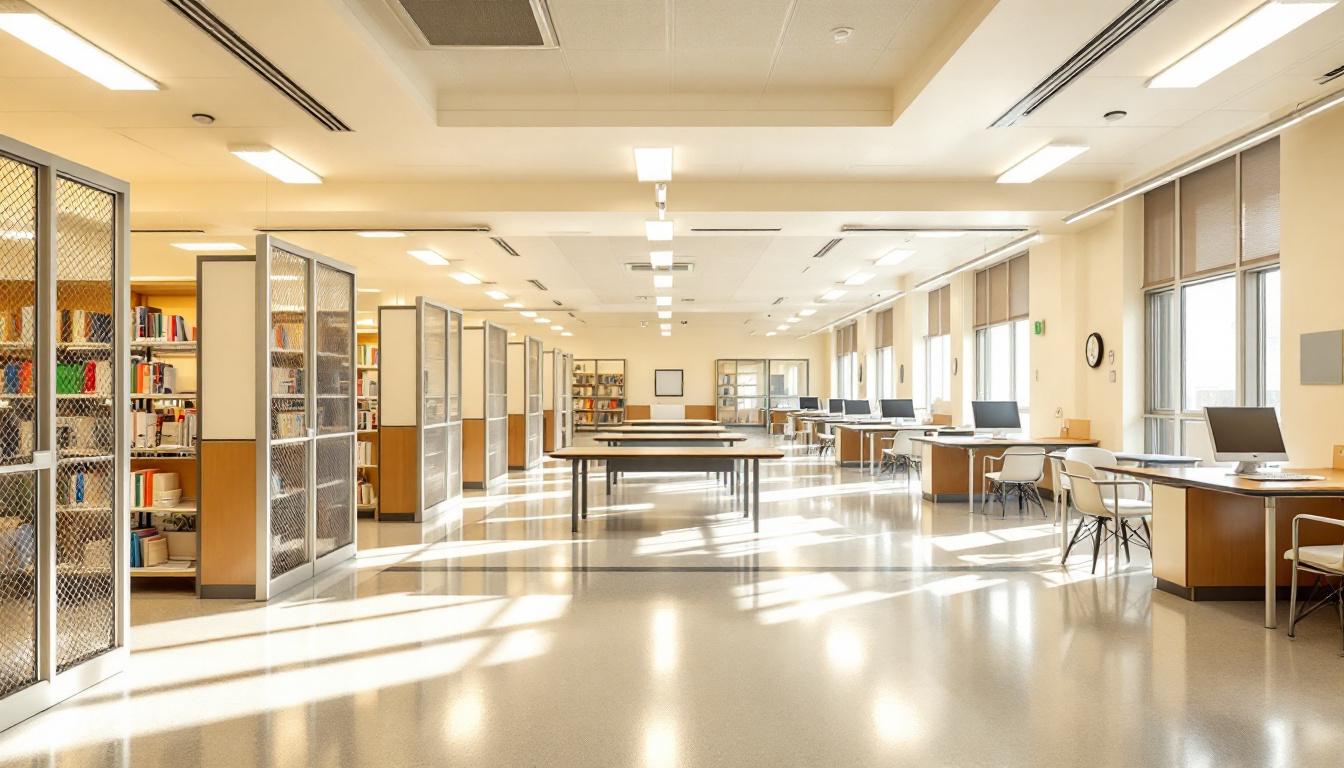
About Purgatory Correctional Facility
Nestled within the greater Prince George's County area of Upper Marlboro, MD, Prison Georges Correctional serves as a significant component of Maryland's state correctional infrastructure. This MD correctional facility operates within a framework designed to balance secure custody with meaningful opportunities for personal development and community reintegration. The facility's location in Upper Marlboro positions it within the broader context of the state's southern correctional network, where it typically processes individuals through various stages of their sentences while maintaining connections to regional support systems.
The operational philosophy at this state prison generally emphasizes a systematic approach to resident management that may include educational programming, vocational training opportunities, and behavioral intervention services. Residents services often encompass basic healthcare provisions, mental health support, and structured daily routines designed to promote personal responsibility and skill development. The facility typically works within established protocols to prepare individuals for eventual community reentry, though specific program availability may vary based on security classifications and individual assessments.
Through its role in Maryland's correctional system, Prison Georges Correctional, MD contributes to broader public safety objectives while attempting to address the underlying factors that may have contributed to criminal behavior. The facility's operations generally align with state-mandated standards for custody, care, and rehabilitation programming, though the specific implementation of these services often depends on available resources and individual resident needs. This holistic approach to corrections typically involves collaboration between custody staff, program facilitators, and external community organizations to support the complex process of behavioral change and social reintegration.
Programs & Services
Rehabilitation-focused initiatives at Prison Georges Correctional typically center on addressing the diverse educational, vocational, and therapeutic needs of residents through comprehensive programming. The facility's approach often emphasizes skill development and personal growth, recognizing that successful reintegration requires addressing multiple aspects of an individual's circumstances. These initiatives may deliver structured opportunities that help residents build confidence while developing practical abilities they can apply both during incarceration and upon release.
Educational initiatives often include basic literacy programs, GED preparation courses, and continuing education opportunities that allow residents to advance their academic credentials. These programs typically provide individualized instruction to accommodate varying skill levels and learning styles. Additionally, vocational training initiatives may offer hands-on experience in trades such as carpentry, automotive maintenance, or food service preparation. Such training often includes both classroom instruction and practical application, helping residents develop marketable skills that can improve their employment prospects and economic stability after release.
Therapeutic services typically encompass individual counseling sessions that address personal challenges, behavioral patterns, and mental health concerns that may have contributed to criminal behavior. These initiatives often provide residents with coping strategies and tools for managing stress, anger, and other emotional challenges. Additionally, transitional planning services may deliver comprehensive support as residents prepare for release, including assistance with housing arrangements, employment searches, and community resource connections. This coordinated approach often helps bridge the gap between incarceration and successful community reintegration.
Daily Life & Visitation
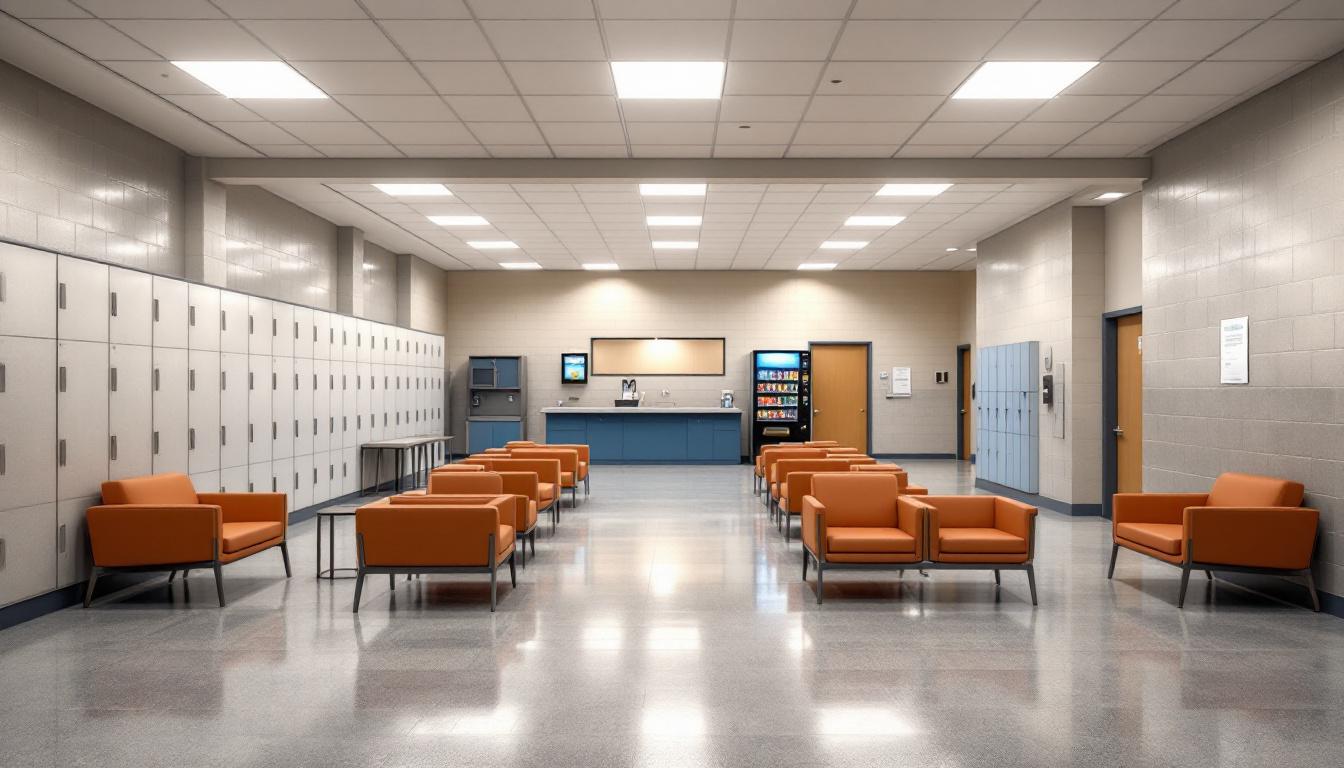
Structured routines form the backbone of institutional life, with each day unfolding in predictable patterns that residents can rely upon. Today begins early with morning count and continues consistently through scheduled meals, work assignments, and evening activities. This framework typically includes designated times for personal hygiene, facility maintenance duties, and educational programming that help residents maintain focus and purpose.
Living accommodations at the facility generally consist of shared housing units where residents are assigned based on security classification and behavioral history. These units usually provide basic necessities including bedding, storage space for personal property, and access to common areas for socializing and recreation. Meals are typically served in a central dining hall at scheduled intervals, with menus that may vary to accommodate dietary restrictions and religious observances. Additionally, residents often have access to a commissary system where they can purchase approved personal items and snacks using funds from their institutional accounts.
Recreation and exercise opportunities typically deliver both physical and mental wellness benefits through organized sports, fitness equipment access, and leisure activities. Work assignments may include kitchen duties, facility maintenance, laundry services, or other institutional operations that provide residents with job skills and daily structure. While maintaining security protocols, the facility generally offers visitation programs that allow residents to connect with family members and approved visitors during designated hours. Communication options often include monitored phone calls and correspondence, helping residents maintain important relationships and support systems throughout their time at the facility.
Ready to Connect?
Start communicating with your loved one today
Search for an Inmate
